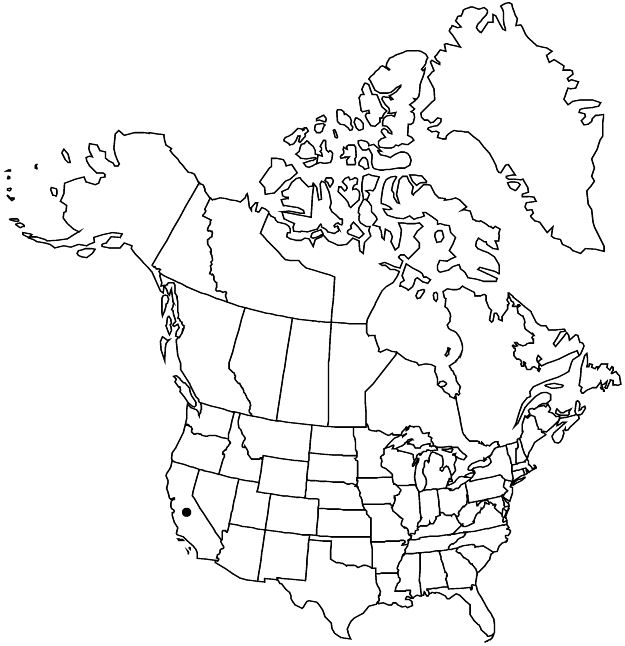Difference between revisions of "Ceanothus gloriosus var. porrectus"
Leafl. W. Bot. 4: 31. 1944.
Common names: Mount Vision ceanothus
EndemicConservation concern
imported>Volume Importer |
imported>Volume Importer |
||
| Line 54: | Line 54: | ||
|publication year=1944 | |publication year=1944 | ||
|special status=Endemic;Conservation concern | |special status=Endemic;Conservation concern | ||
| − | |source xml=https:// | + | |source xml=https://bitbucket.org/aafc-mbb/fna-data-curation/src/2e0870ddd59836b60bcf96646a41e87ea5a5943a/coarse_grained_fna_xml/V12/V12_637.xml |
|genus=Ceanothus | |genus=Ceanothus | ||
|subgenus=Ceanothus subg. Cerastes | |subgenus=Ceanothus subg. Cerastes | ||
Latest revision as of 19:16, 5 November 2020
Shrubs, 0.2–0.5 m. Stems spreading. Leaf blades elliptic, obovate, or narrowly obovate, 10–21 × 5–15 mm, marginal teeth 9–19. 2n = 24.
Phenology: Flowering Mar–May.
Habitat: Sandy soils, coastal bluffs, maritime chaparral, pine forests, mixed evergreen forests.
Elevation: 100–200 m.
Discussion
Variety porrectus is restricted to a few localities on Inverness Ridge, Marin County.
Selected References
None.
Lower Taxa
None.
